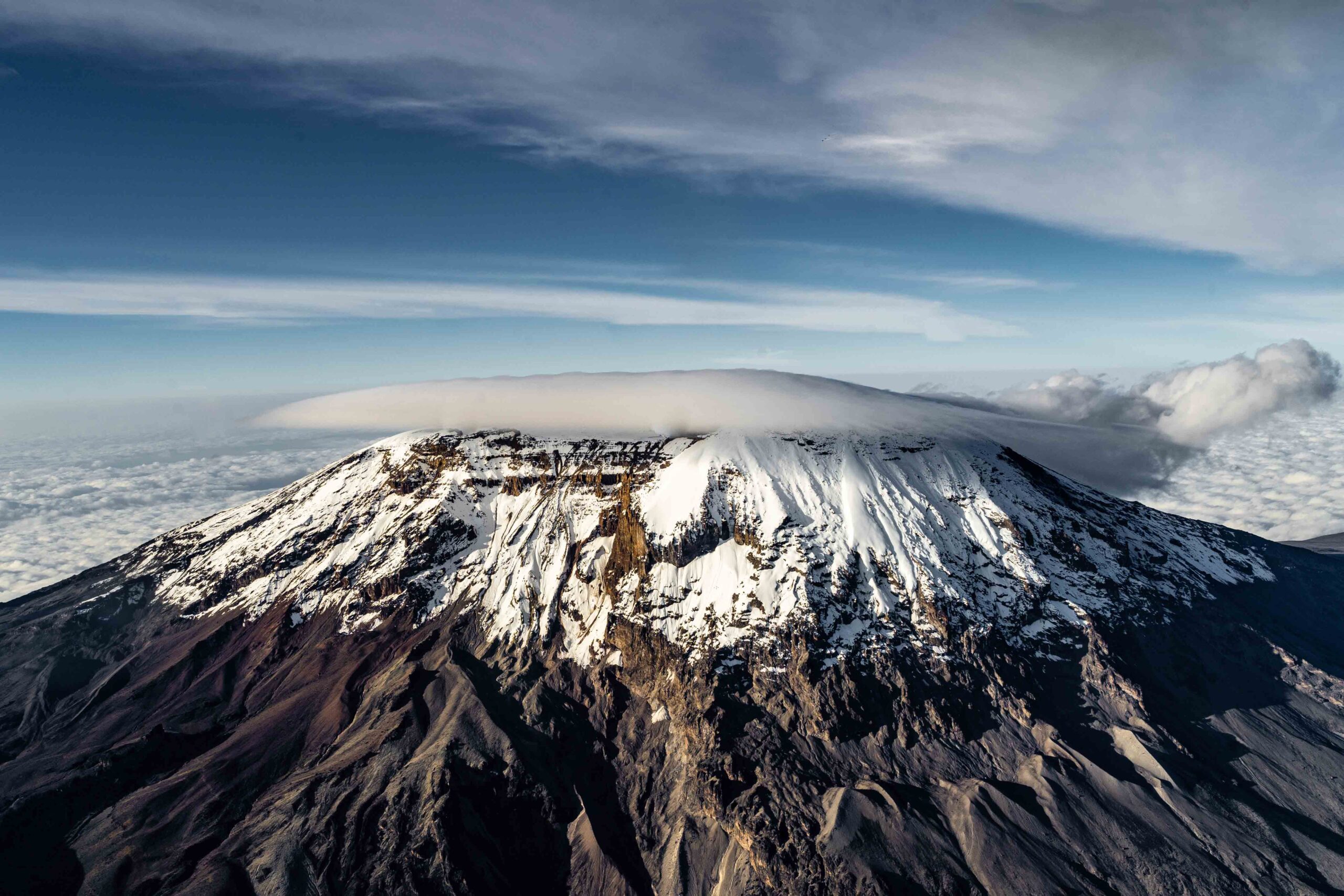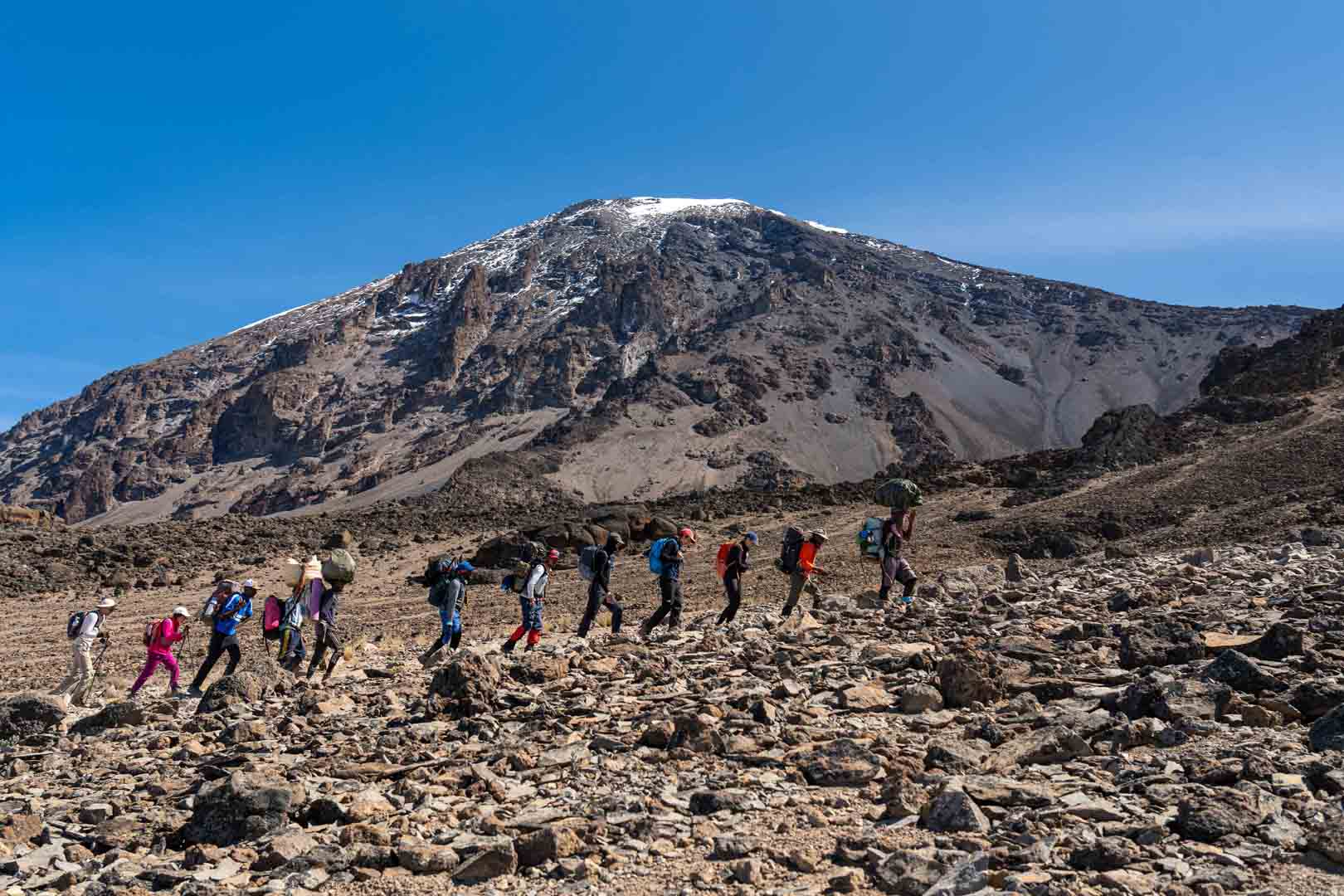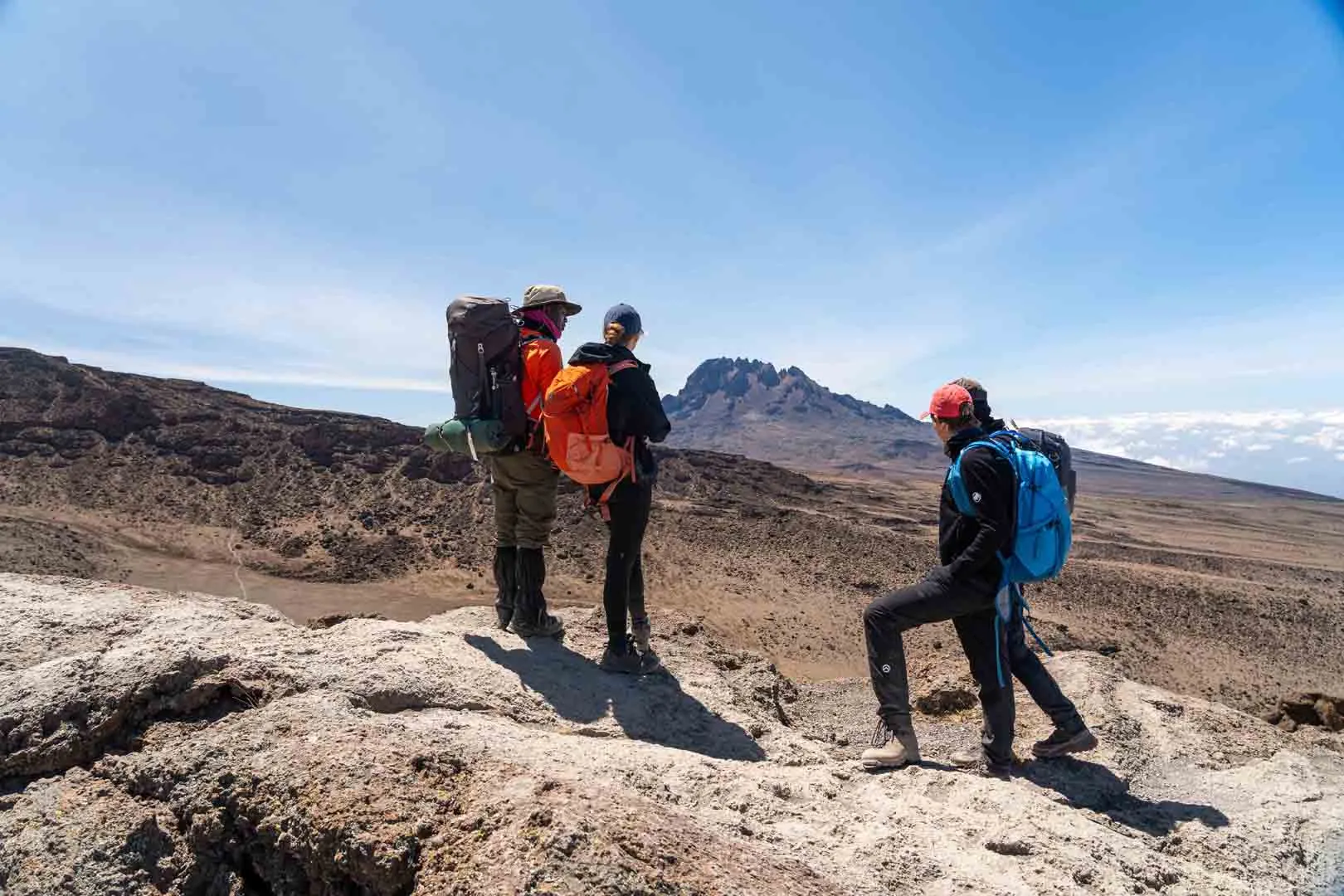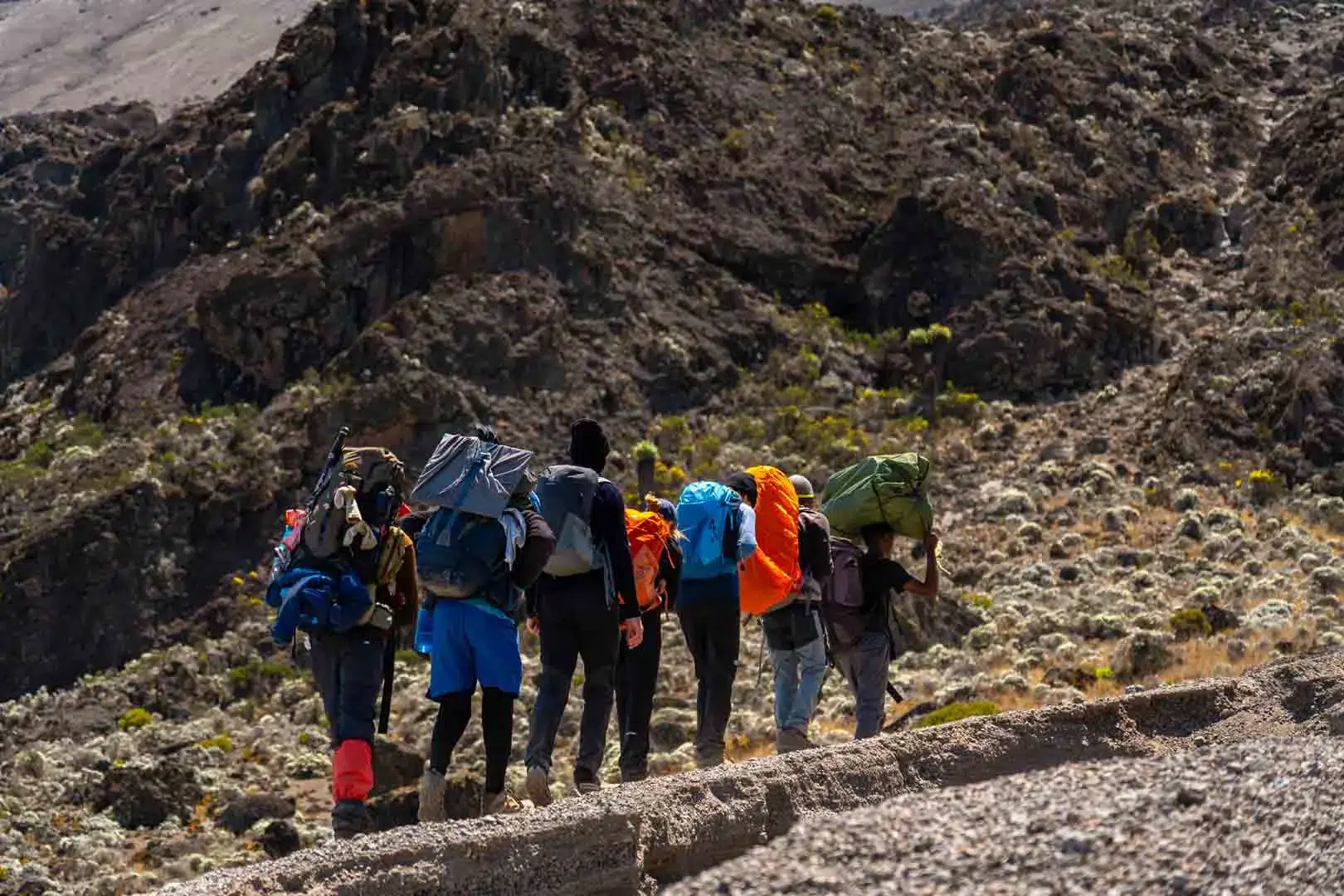When is the best time to climb Mount Kilimanjaro?

Best Seasons to Climb Mount Kilimanjaro: A Comprehensive Guide
Mount Kilimanjaro, the highest freestanding mountain in the world, Africa’s tallest mountain and one of the most iconic peaks globally, offers a once-in-a-lifetime adventure for climbers. Standing at 5,895 meters (19,341 feet), this dormant volcano in Tanzania presents a challenging yet accessible ascent that attracts adventurers from all over the world. However, the experience can vary significantly depending on the time of year you choose to climb. Understanding the best seasons to climb Kilimanjaro is crucial to maximizing your experience on the mountain.
1. The Dry Seasons: The Best Times to Climb Kilimanjaro
The best times to climb Mount Kilimanjaro are during its two dry seasons: January to mid-March and June to October. These periods are considered optimal due to favorable weather conditions, reduced rainfall, and increased visibility, which significantly enhance the overall trekking experience.
- January to Mid-March: This period is part of the “short dry season” in Tanzania. The weather is generally warm and clear, making it an excellent time for climbers who prefer less crowded trails. The temperatures are relatively moderate, with fewer chances of rain, especially in January and February. However, as you approach mid-March, the likelihood of rainfall increases slightly. The clear skies during this time provide stunning views of the surrounding landscape and the star-filled night sky.
- June to October: Known as the “long dry season,” this period is the most popular time for climbing Kilimanjaro. The weather is usually stable, with minimal rainfall and clear skies, which provide magnificent views of the summit and the surrounding savannah. This season also coincides with the holiday period in Europe and North America, making it the busiest time on the mountain. Although temperatures can drop significantly at higher altitudes, especially during the night, the dry conditions make for a more comfortable and safer climb.
2. The Off-Season: Challenges and Opportunities
While the dry seasons are ideal for climbing Kilimanjaro, the off-seasons also present unique opportunities and challenges:
- Mid-March to May: This is the “long rainy season” and is generally considered the least favorable time to climb due to heavy rainfall, muddy trails, and low visibility. However, for those seeking solitude and a quieter climb, this period can be appealing. Climbers should be prepared for wet conditions and have proper gear to ensure safety and comfort.
- November to December: The “short rainy season” sees intermittent rainfall, but it’s still possible to climb Kilimanjaro during this time. The trails are less crowded, and the mountain is lush and vibrant, thanks to the recent rains. However, weather conditions can be unpredictable, and climbers should be ready for both rain and sunshine.
Conclusion
Climbing Mount Kilimanjaro is an extraordinary adventure that requires careful planning and preparation. The best times to climb are during the dry seasons from January to mid-March and June to October when the weather conditions are most favorable. Whether you seek the popular routes or prefer a quieter path, understanding the seasonal variations and preparing accordingly will enhance your experience on Africa’s highest peak.



